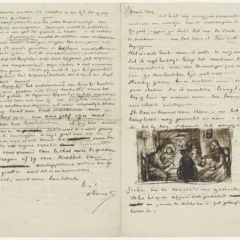[Natalia delves into Philadelphia’s hidden connection to European impressionists in an exhibition that celebrates the advent of the style when it was new, and includes groundbreaking works from collections worldwide. — the Artblog editors]
At the Philadelphia Museum of Art this summer, Discovering the Impressionists attempts to distinguish itself from past blockbuster exhibitions by presenting gallerygoers with a portrait of a unique individual–the visionary Parisian art dealer and champion of the “new painting,” Paul Durand-Ruel. Described by his contemporaries as an “unrepentant risk-taker,” Durand-Ruel’s dedication to the artists of the Impressionist school ensured the international success of this avant-garde group. During his lifetime, over 12,000 paintings passed through his galleries in Paris and London, bearing the soon-to-be famous signatures of Monet, Pissarro, Degas, Renoir, Sisley, Morisot, Manet, Cassatt, and many others.
Group effort
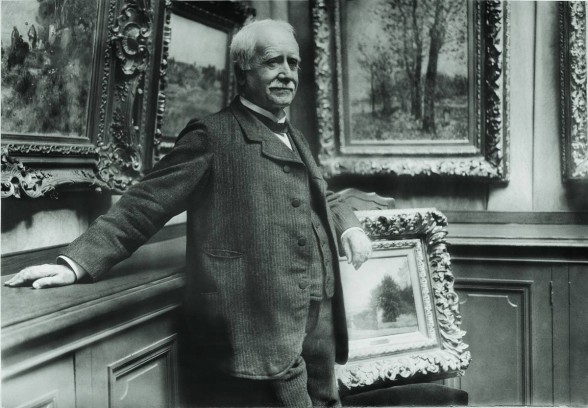
Though now integral to the art-historical canon, the Impressionists once struggled for recognition, with critics favoring slick, academic paintings over their colorful interpretations of modern life. It is in part due to the tireless efforts of Durand-Ruel that these works are found today in collections around the globe. Because of the international scope of Durand-Ruel’s operation, the exhibition required an extensive collaboration by the Musée d’Orsay, Paris in conjunction with the Réunion des Musées Nationaux; the National Gallery, London; and the Philadelphia Museum of Art. Drawing from these impressive collections, the exhibition attempts to recreate Durand-Ruel’s visual world. Some of the most impressive moments of the show feature visiting works, many of which are displayed in Philadelphia for the first time.
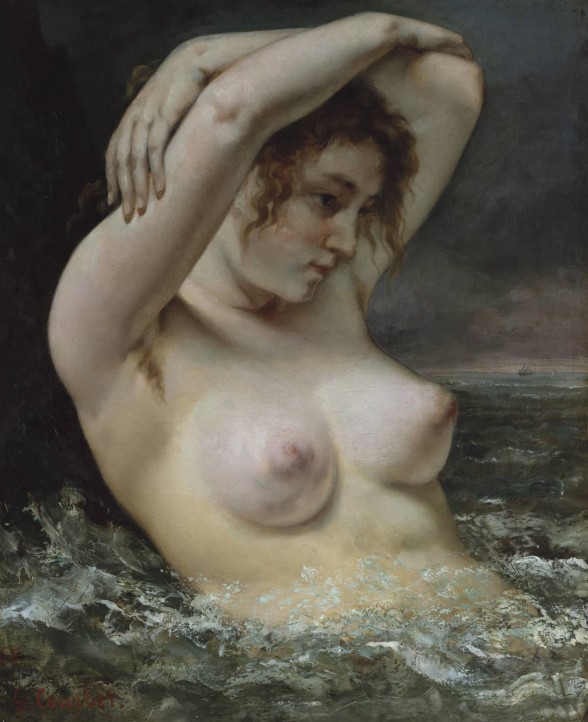
In addition to his involvement with the Impressionists, Durand-Ruel invested significant effort promoting the artists of the School of 1830, notably Jean-Baptiste-Camille Corot, Gustave Courbet, Eugène Delacroix, and Jean-François Millet. Upon first entering the exhibition, viewers are presented with several of their works, including Delacroix’s haunting “Interior of a Dominican Convent in Madrid (L’Amend honorable)” (1831) and Courbet’s “Woman in the Waves (Femme à la vague)” (1868). Though these impressive works offer insight into the breadth of Durand-Ruel’s enterprise and progression from the most advanced artists of one generation to the next, their inclusion appears somewhat incongruous in an exhibition dedicated primarily to the dealer’s relationship with the artists of the Impressionist group. Furthermore, these minor works provide viewers with only a glimpse of Durand-Ruel’s involvement with the School of 1830–many of his most significant investments, such as Millet’s “The Angelus (L’Angelus)” (1857-1859) and Delacroix’s “Death of Sardanapalus (La mort de Sardanapale)” (1827) remain in Paris.
Works together
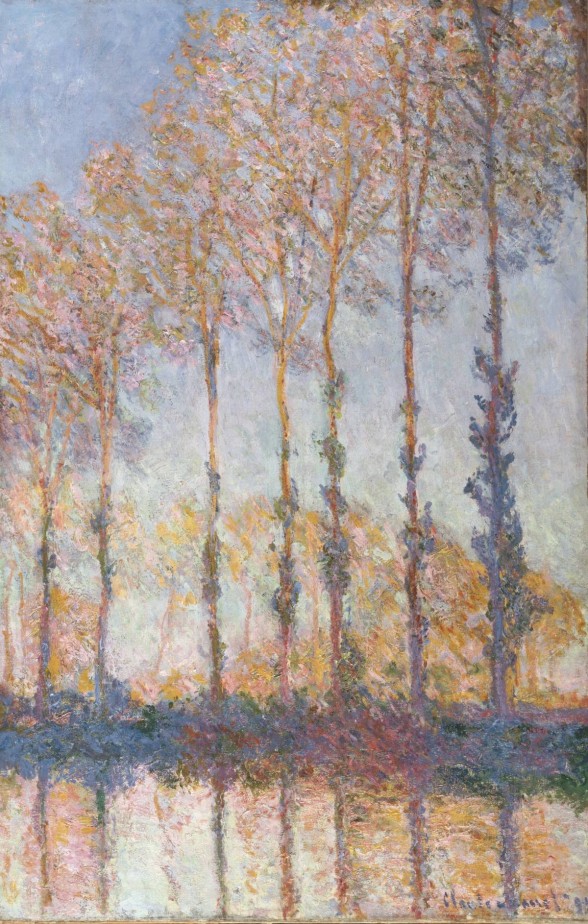
However, Discovering the Impressionists presents several exciting works from the oeuvres of the “new painters”. In one of the exhibition’s most spectacular arrangements, six of Claude Monet’s Poplars (a series of 24 individual works painted in 1891) are reunited in a single gallery. Viewed together for the first time in years, the curatorial arrangement flirts with Durand-Ruel’s practice of creating impressive solo exhibitions to promote his artists’ work. The importance of viewing these pieces in tandem was stressed by Monet himself, who stated that the works “take on their true value only through the comparison and succession of the series.” By viewing the canvases in unison, the gallerygoer can fully appreciate Monet’s masterful handling of light and color as he interpreted the effects of time, weather, and the seasons on the poplars along the bank of the Epte River.
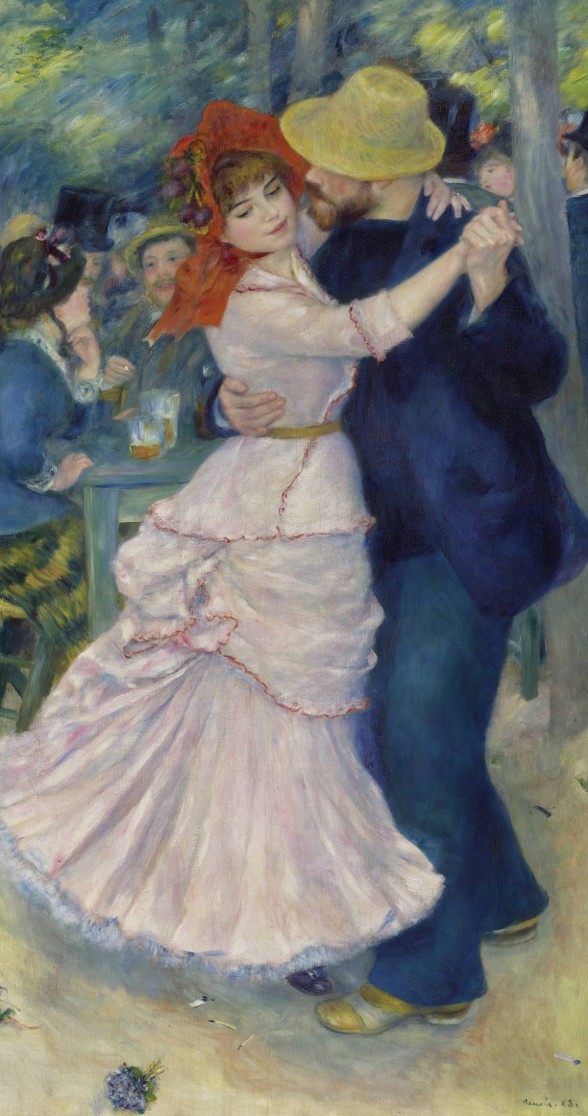
Another definite highlight is seeing Pierre-Auguste Renoir’s “Dance in the Country” and “Dance in the City” (1883), treasures of the Musée d’Orsay. Rarely displayed outside of Paris, these joyous dance scenes capture the gaiety of modern life, a favorite subject of the Impressionists. The pair is accompanied by Renoir’s “Dance at Bougival” (1883) from the Museum of Fine Arts, Boston. Though not intended as a triptych, the presentation allows viewers to study the artist’s variations on a single theme.
The exhibition is accompanied by an elegant catalog featuring essays by prominent scholars from the Musée d’Orsay in Paris, the National Gallery in London, and the Philadelphia Museum of Art, as well as contributions by Paul Durand-Ruel’s descendants, Louis and Flavie Durand-Ruel. A valuable resource for scholars of the movement, the publication includes an extensive chronology of Durand-Ruel’s relationship with the Impressionists, as well as high-quality, color reproductions of numerous works that passed through the dealer’s hands.
For the City of Brotherly Love, the exhibition holds a special significance. Durand-Ruel benefited immensely from his relationship with Mary Cassatt, the only American painter to show with the Impressionist group. Born in Pennsylvania and educated in Philadelphia, Cassatt encouraged her brother Alexander, vice president of the Pennsylvania Railroad, to invest in Impressionist works. As a result, Durand-Ruel gained a reputation amongst Philadelphia collectors–the Philadelphia Museum of Art owns over 100 works from his galleries. It is therefore fitting that Philadelphia is the exhibition’s only venue in the United States, allowing local residents an exclusive glimpse into Durand-Ruel’s world.
Discovering the Impressionists runs this summer at the Philadelphia Museum of Art from June 25, 2015 to September 13, 2015.






